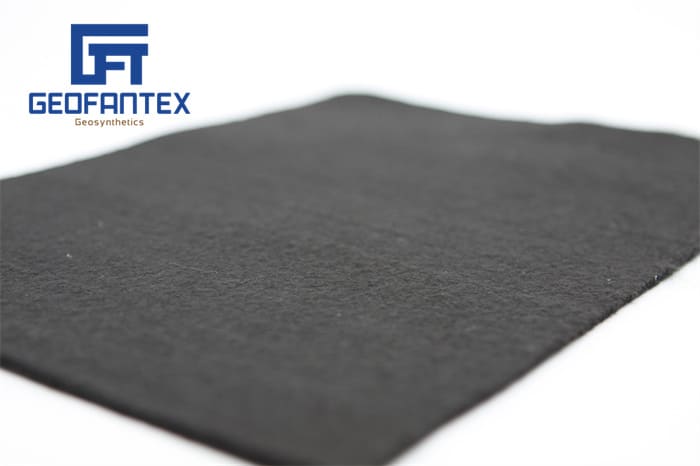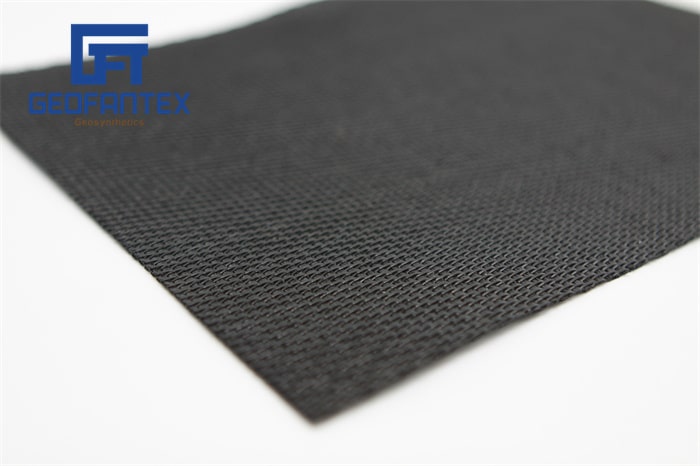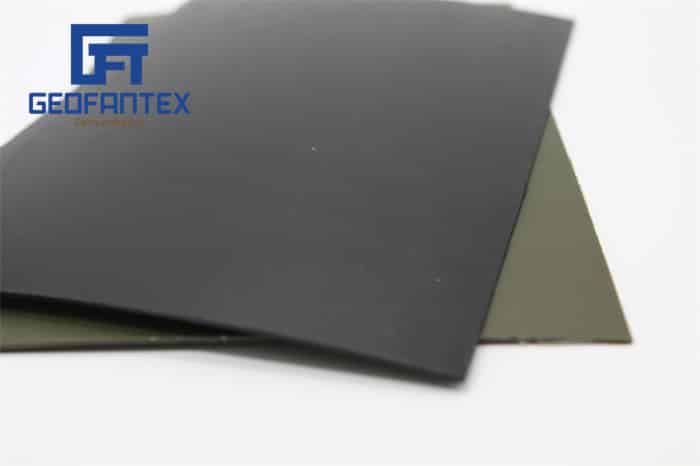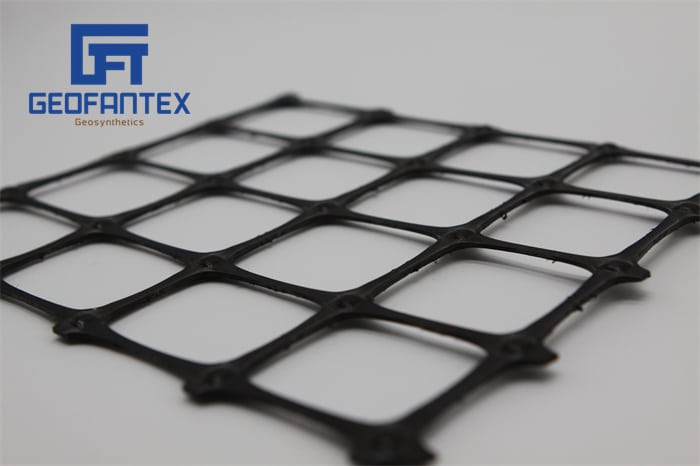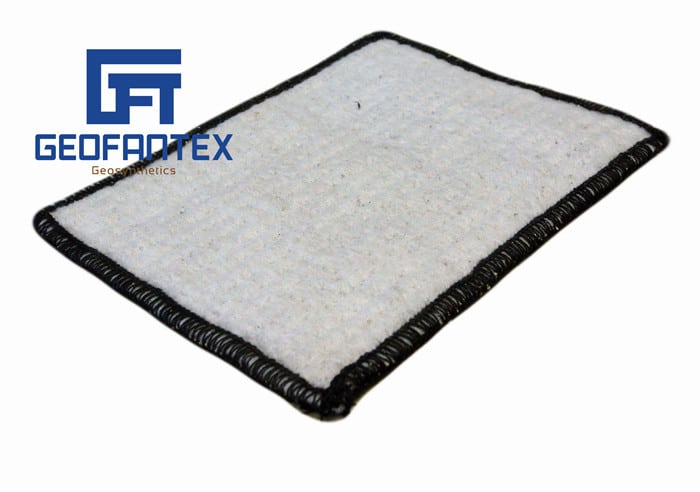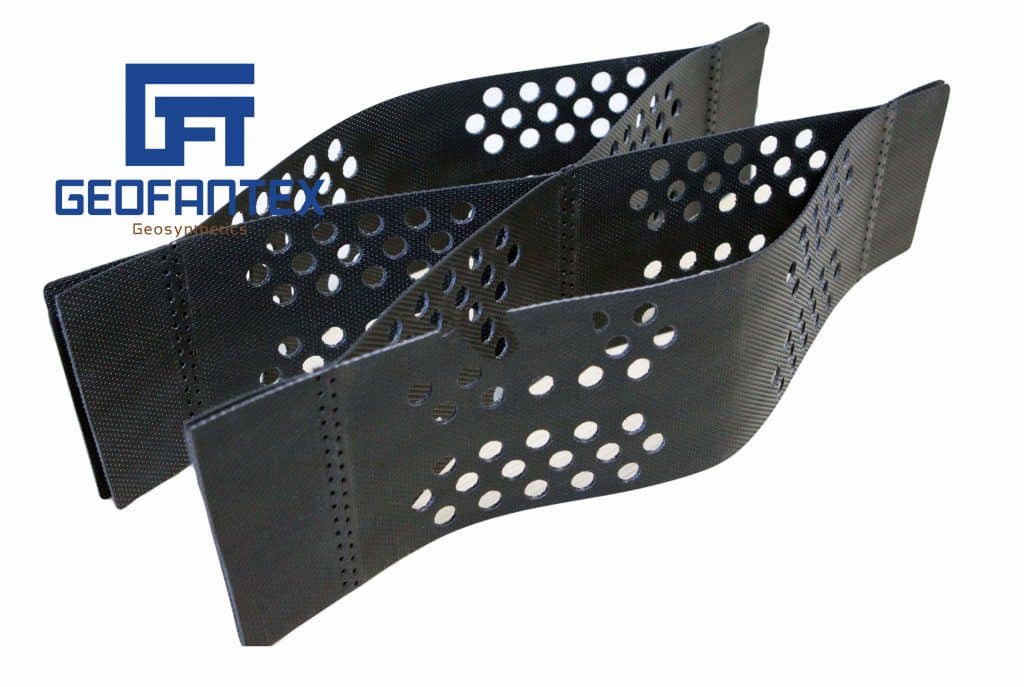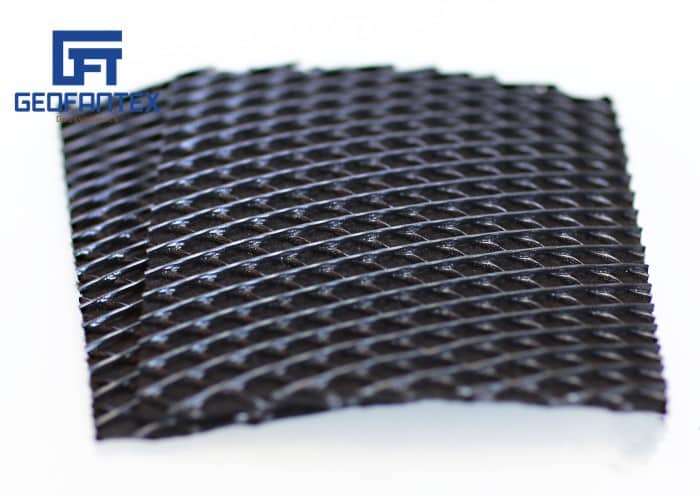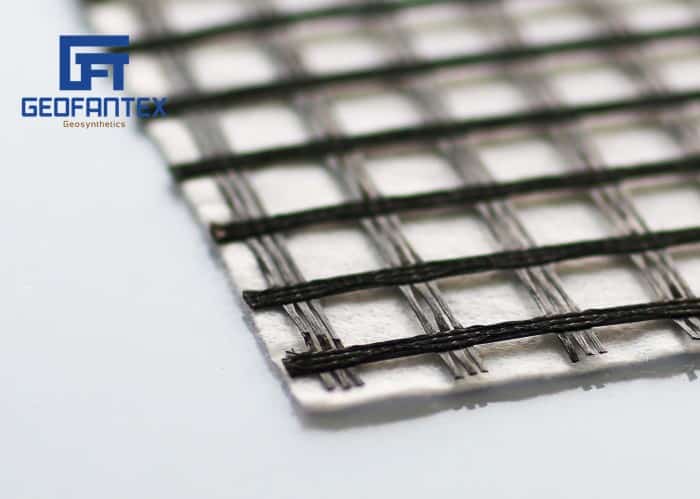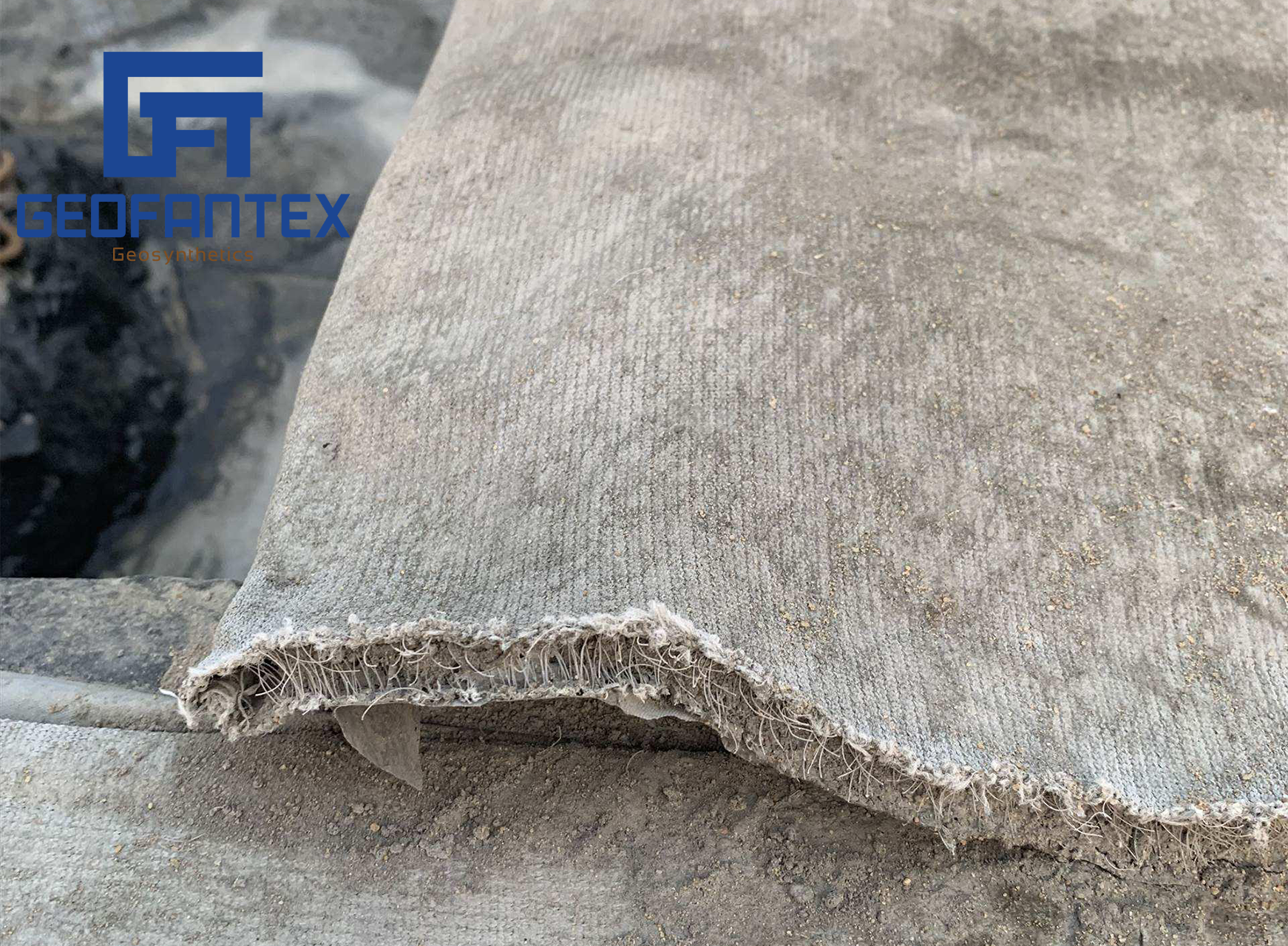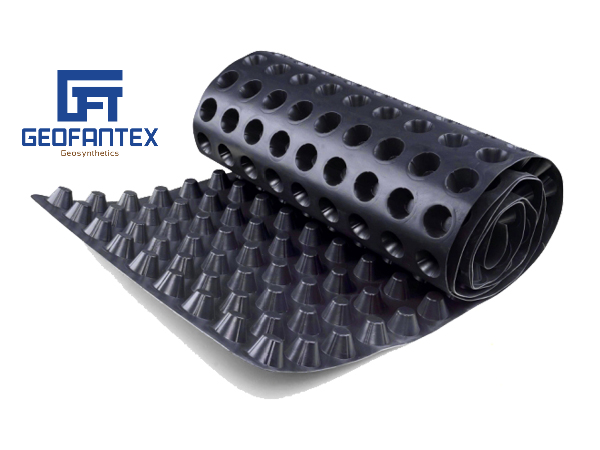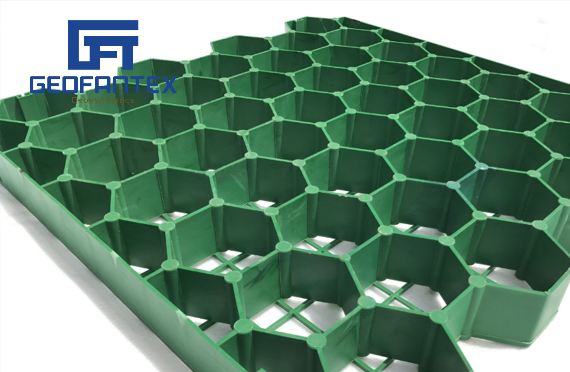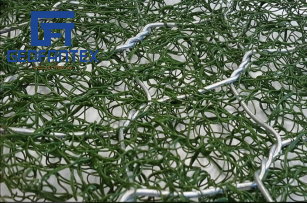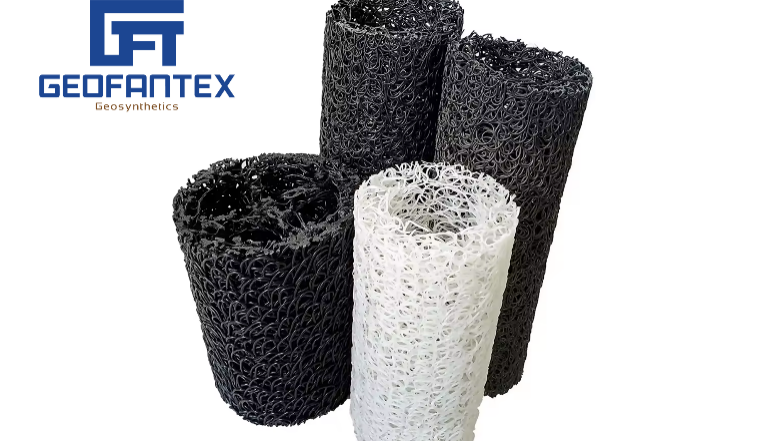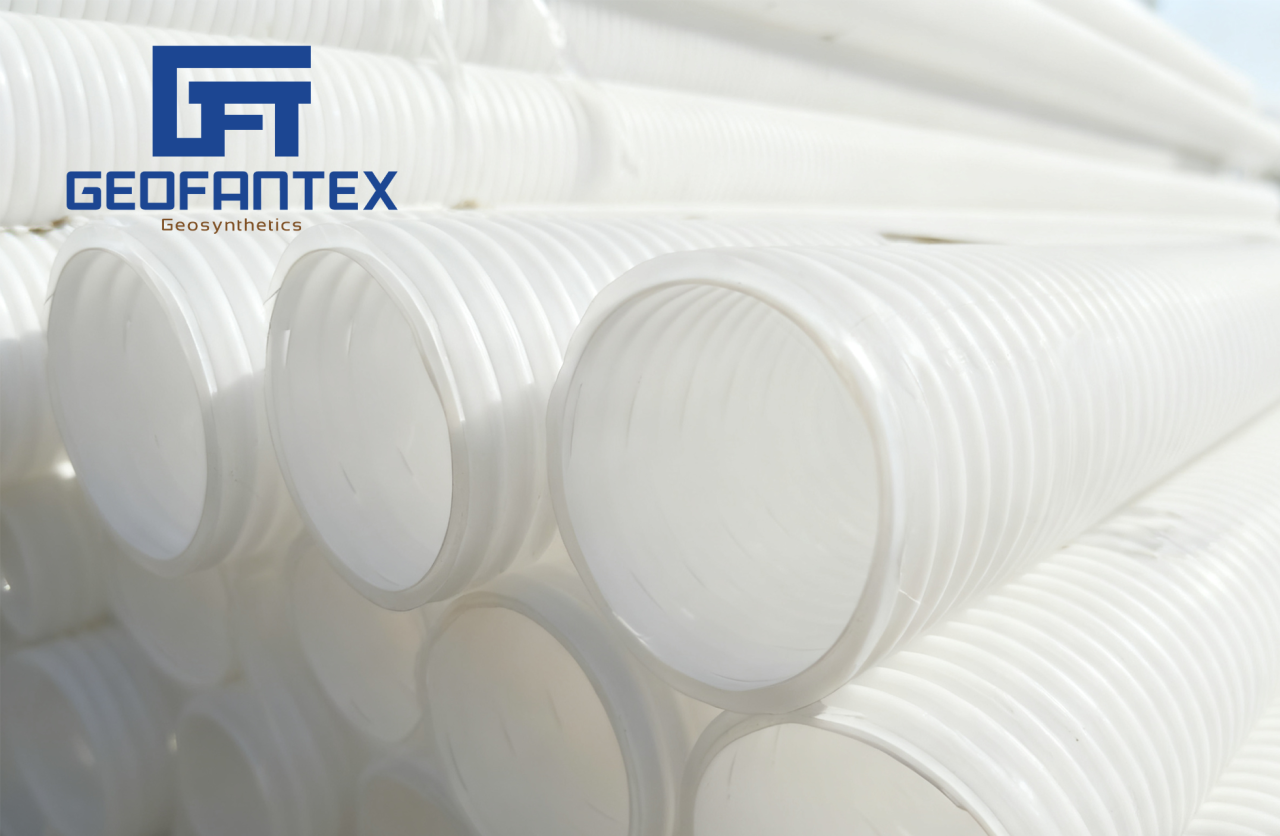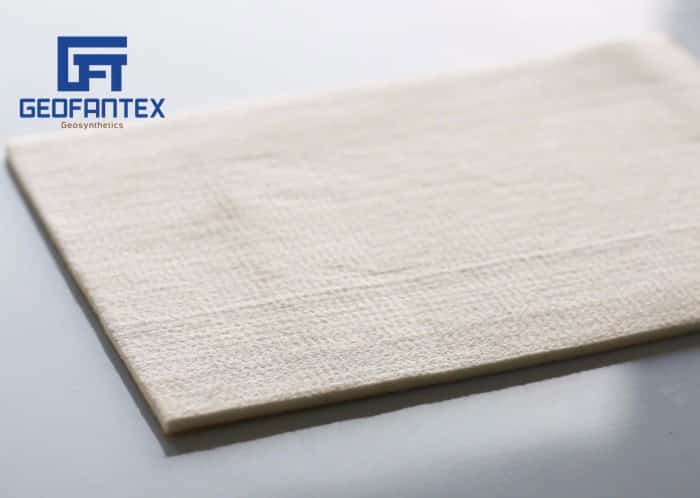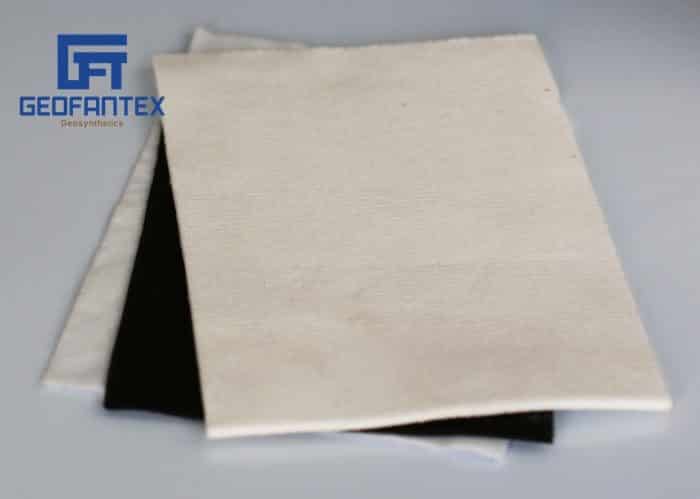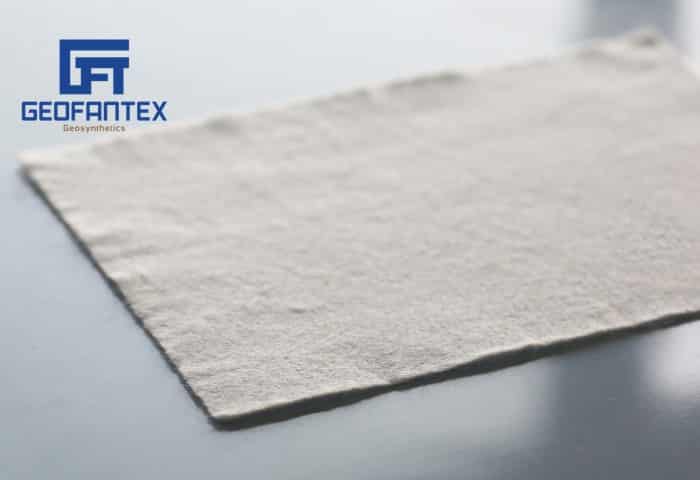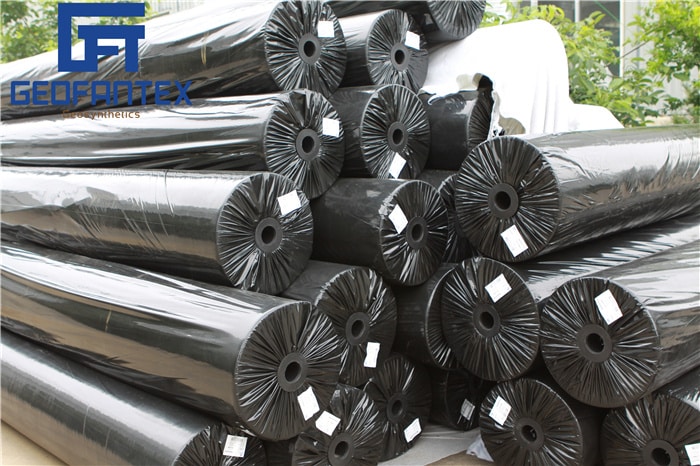+86-159 9860 6917
info@geofantex.com
geofantex@gmail.com
+86-400-8266163-44899
Geogrid for driveways is one of the most effective geosynthetic materials used to improve ground stability, prevent rutting, and extend driveway lifespan. Whether you’re dealing with gravel movement, soil erosion, or weak subgrade, using geogrid for driveways can dramatically enhance durability and performance.
What problems does geogrid for driveways solve?
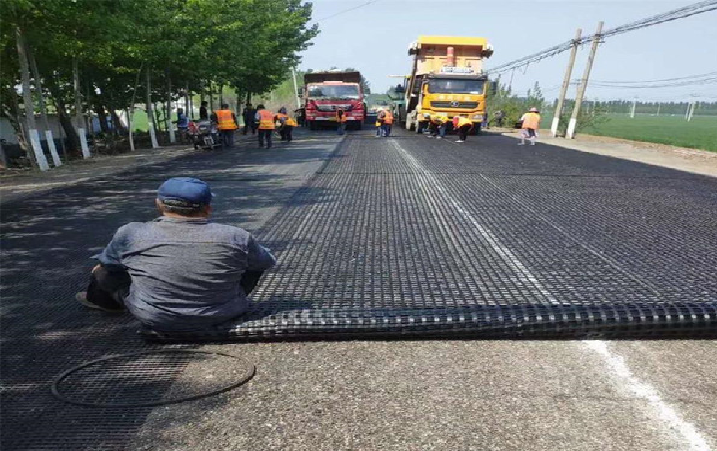
Many driveways, especially gravel or unpaved ones, suffer from uneven surfaces, rutting, and sinking due to poor soil strength. Geogrid for driveways provides a stable base by distributing loads evenly across the subgrade. This prevents sinking, minimizes maintenance, and improves overall driveway performance. It also reduces the need for frequent gravel replacement, saving both time and cost.
👉 Learn more about geosynthetic stabilization solutions.
How does geogrid improve driveway stability and load capacity?
Geogrids are engineered geosynthetics designed to interlock with aggregate materials. When placed beneath gravel or asphalt, the grid structure confines the aggregate, creating a reinforced composite layer. This layer improves load-bearing capacity, prevents lateral movement, and resists deformation under heavy vehicles—making it ideal for both residential and commercial driveways.
For related applications, visit Geofantex Geogrid Solutions.
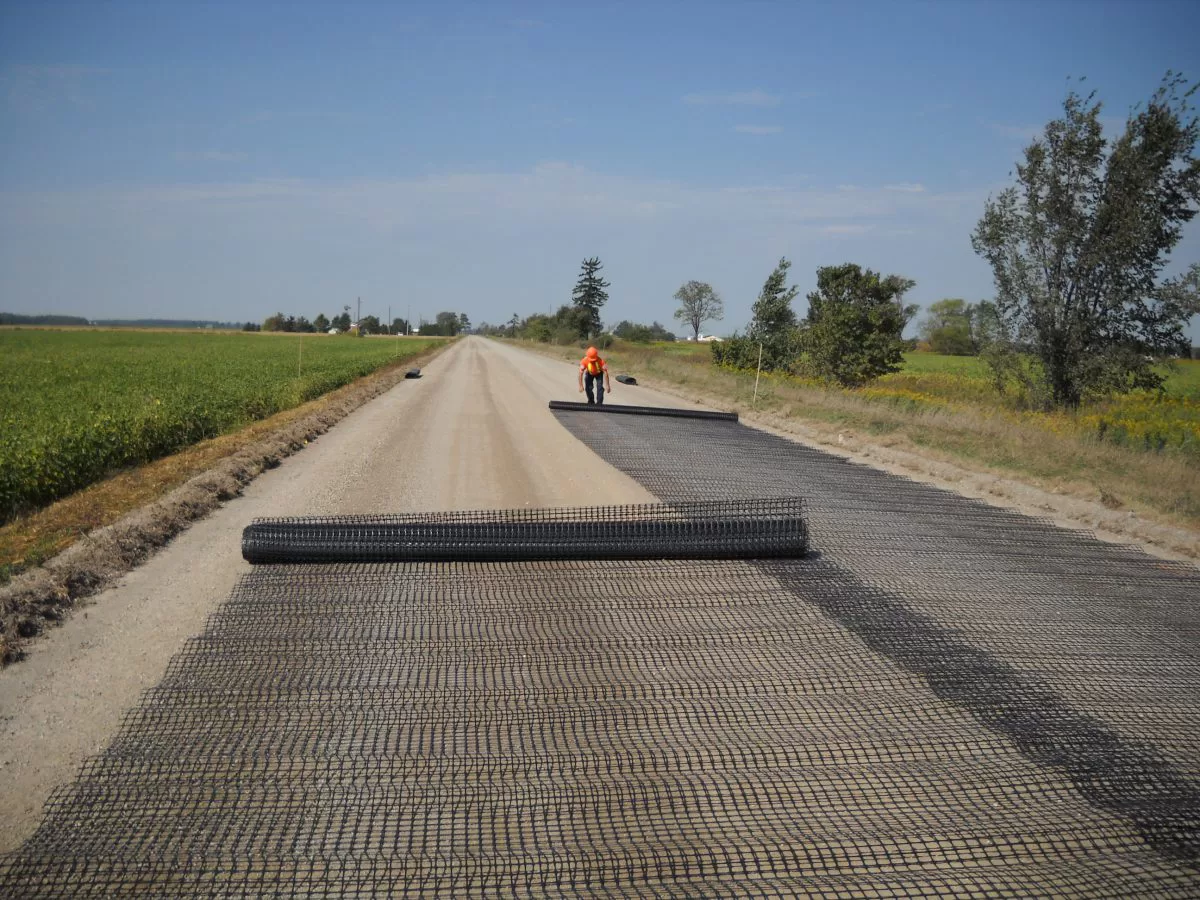
What types of geogrids are best for driveway reinforcement?
There are mainly two types of geogrids used for driveways: biaxial and triaxial.
- Biaxial geogrids provide strength in two directions and are ideal for most gravel driveways.
- Triaxial geogrids offer enhanced stiffness and load distribution, suitable for heavy-duty or high-traffic applications.
The right choice depends on soil type, load requirements, and budget, but both significantly enhance long-term stability.
Explore Biaxial Geogrid Products and Triaxial Geogrid Options.
How is a geogrid installed in a driveway?
Installing geogrid is straightforward:
- Excavate and level the subgrade.
- Lay the geogrid directly over the prepared base.
- Overlap edges according to manufacturer recommendations.
- Add and compact the aggregate or gravel fill layer.
Proper installation ensures maximum interlock and load transfer, resulting in a durable, low-maintenance surface.
See detailed installation guidelines on Geofantex.
Using geogrid for driveways provides an efficient, cost-effective way to strengthen weak soils, reduce rutting, and extend the lifespan of driveways. It’s a simple geosynthetic solution that delivers long-term value and sustainability.
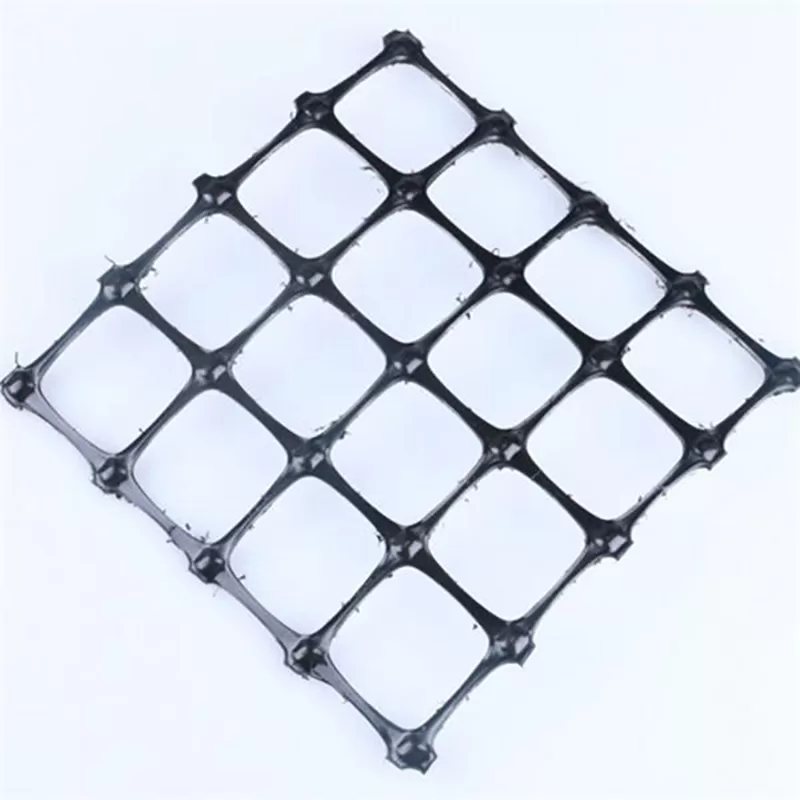
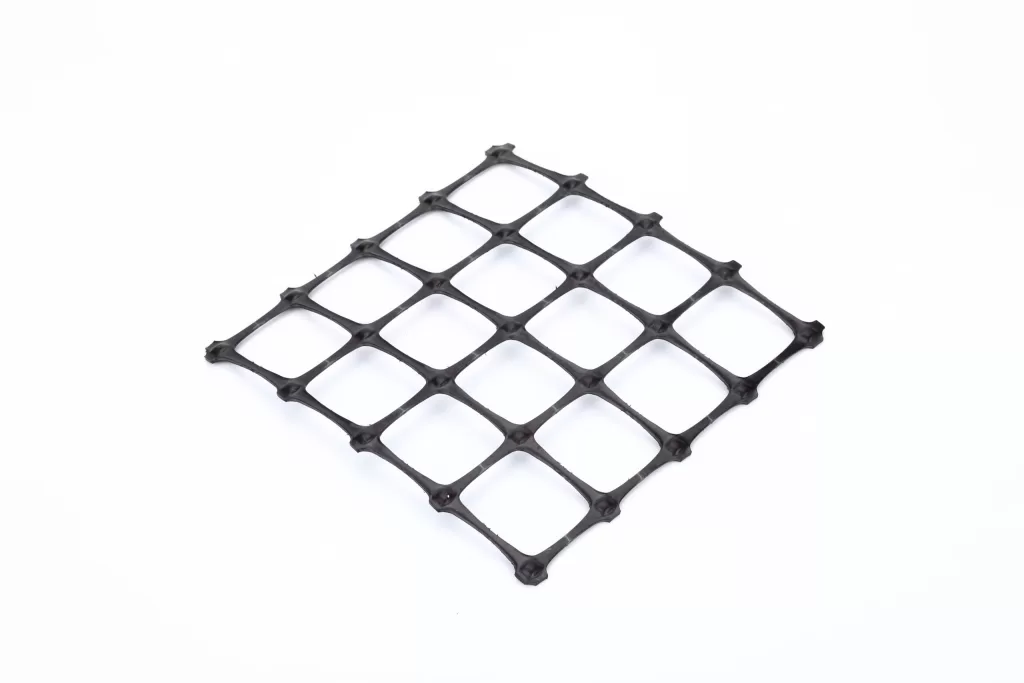
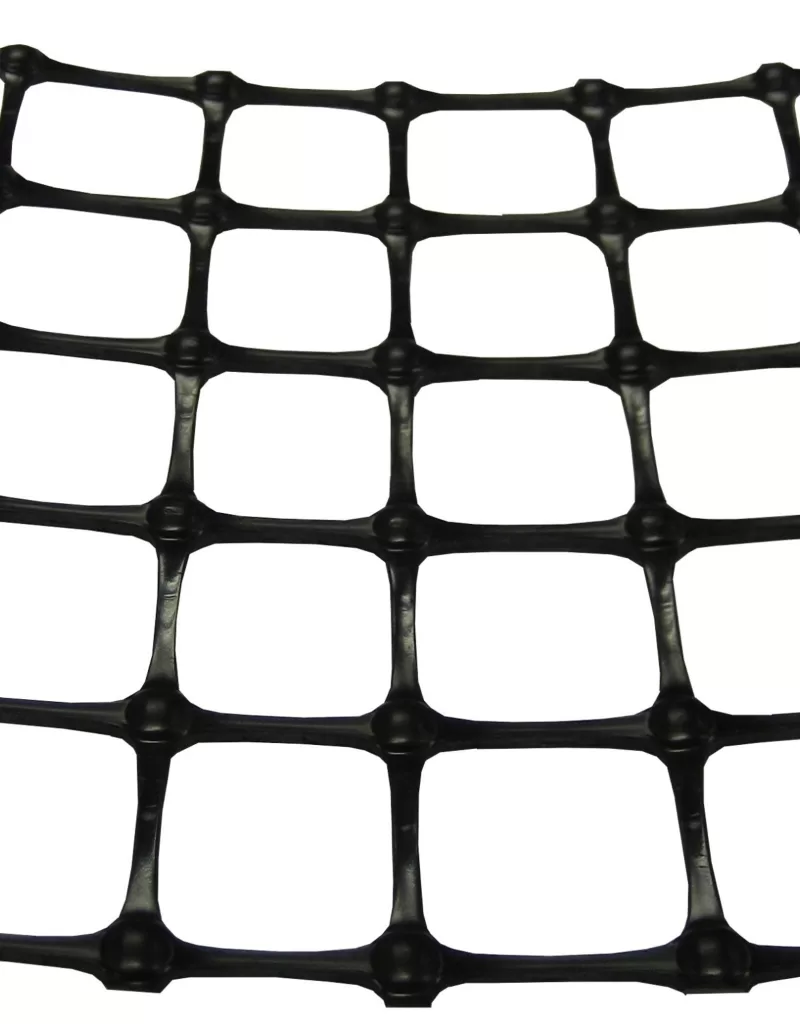
Get Free Sample
We’ll respond as soon as possible(within 12 hours)

